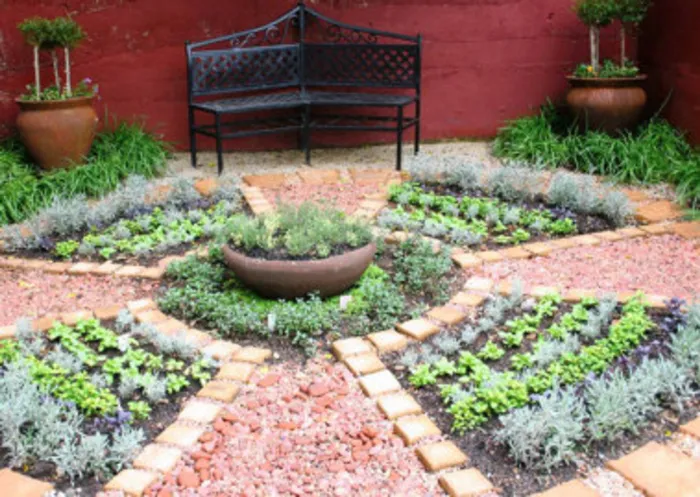How to plant a herb garden

Herbs for commercial use are often grown in polytunnels and tended by hand " their delicate leaves are used in cooking. Picture: Lukas Otto, Garden World Herbs for commercial use are often grown in polytunnels and tended by hand " their delicate leaves are used in cooking. Picture: Lukas Otto, Garden World
“Herbs are my passion because they look wonderful, are easy to grow, attract bees and butterflies, smell amazing and do more to enhance the flavour of food than any other ingredient”. – Judith Haan.
Cape Town - There is something so satisfying about being able to pick herbs straight from the garden, especially when you live some distance from suppliers. Herbs in general use are usually compact, so can be grown in pots, or in small gardens.
In winter I tend to use herbs more than ever, particularly the culinary ones. Parsley is top of my list, for it improves so many dishes and is packed full of healthy vitamins and minerals. Italian, or flat-leaved parsley, is gaining in popularity over the more decorative, curly kind, for it has more flavour.
I buy mine in seed trays, for there may be some truth in the adage that the seeds go to the devil and back six times before sprouting, and I haven’t the patience to wait so long.
To speed up germination, soak the seeds in lukewarm water overnight, or place them in the freezer for a day. Then, pour hot water over the soil before sowing. The seedlings should be transplanted at the 4-6 leaf stage. Parsley likes a rich, moist soil and can be grown in sun or semi-shade. When harvesting, pick the leaves from the outer edges first.
Another herb I love is wild rocket, which is delicious with pasta dishes and in salads. Its leaves are smaller and more indented than the common or garden variety, and has a stronger taste. Grow this in a sunny position in well-composted soil.
Coriander is either loved or hated. My husband, for instance, cannot stand the smell of its fresh leaves, but likes their taste in curry, while I find my appetite activated when I am merely within sniffing distance of the plants. Coriander tends to bolt in summer, so it has a longer harvesting period in winter.
Sow it at regular intervals to provide a constant supply, and close together, allowing the plants to support each other. Cut the leaves right down when harvesting, then leave the plants to produce another crop.
Coriander does not like full sun and needs to be grown in light, well-composted soil.
Dill has fine, feathery leaves with a taste of caraway seeds. It resembles a small fennel, but the two are not related and should not be grown together. Plant dill in slightly acidic soil that is well-drained. It is the perfect accompaniment to many fish dishes and can also be used to flavour soups, cheeses and butters.
All the above flourish in winter, whereas chives, another popular herb, tends to become dormant. When grown in the open ground, put in a marker to remind yourself where the bulbs are. The French variety is the most commonly grown. This has narrow leaves and a milder flavour compared with the more robust, flatter-leaved garlic chives. Baboons and porcupines, I have found to my cost, are also very partial to these plants.
The demand for herbs is ever-increasing.
At Allée Bleue in Franschhoek, where nine different types are produced for the market in many polytunnels, the plants are grown in a fine medium of milled coconut husks, fed hydroponically, and biologically controlled for protection. - Weekend Argus